Nature's chemistry
Systematic carbon chemistry
Carbon chemistry involves many different families of compounds and the reactions needed to interchange them. Understanding the properties of different compounds caused by functional groups and intermolecular forces is important.
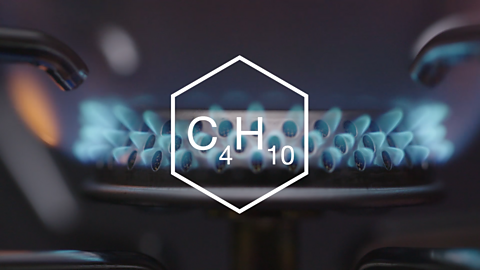
Alcohols
Alcohols are an important class of compounds containing the hydroxyl functional group. There are three classes of alcohols; primary, secondary, and tertiary.

Carboxylic acids
A common carboxylic acid is ethanoic acid, vinegar. Carboxylic acids are weak acids that react in the same way as other acids. They are responsible for the rancid flavour and smell of off food.
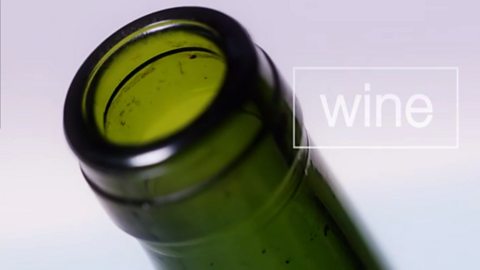
Esters, fats and oils
Esters are formed in condensation reactions and broken by hydrolysis. Fats and oils, important compounds in our diet, are naturally occurring esters and their structure explains their properties.
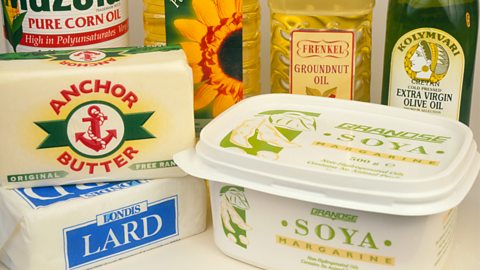
Soaps, detergents and emulsions
Soaps and detergents contain both hydrophobic and hydrophilic parts to dissolve in grease and water. Emulsifiers prevent emulsions from separating to spoil food.
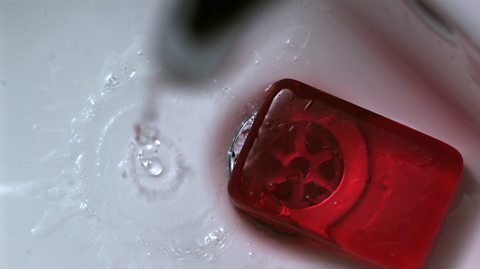
Proteins
Proteins are condensation polymers, made of amino acid monomers and are hydrolysed by our bodies. Aldehydes and ketones are compounds with carbonyl groups that play an important role in our foods.

Oxidation of food
Primary alcohol molecules can be oxidised into aldehydes and carboxylic acids while secondary alcohols are oxidised to ketones. Antioxidants are added to food to prevent them spoiling.
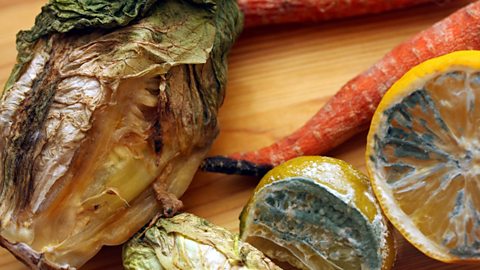
Fragrances
Essential oils that are extracted from plants contain unsaturated hydrocarbon compounds called terpenes.

Skincare
UV light from the sun can damage our skin and break down DNA in free radical reactions.
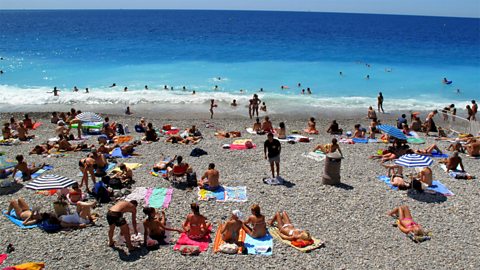
Links
- External linkExternal link
- External linkExternal link
- External linkExternal link
- External linkExternal link